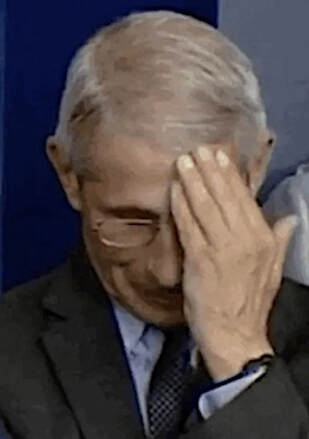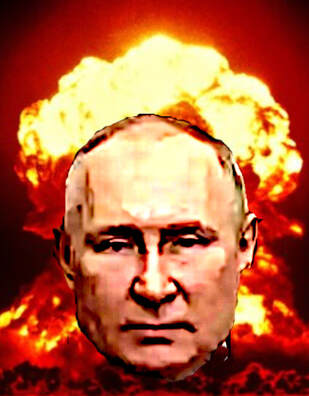
To the extent that the two situations—1939 and 2022—are analogous, it is in the fact that in both cases, a monster attacked an innocent victim. Germany’s invasion of Poland, however, is not a perfect parallel to Russia’s blatant aggression against Ukraine. It is off the mark because, at the same time that the Nazis struck from the West, the Soviet Union invaded Poland from the East. This pincering of Poland was the consequence of the Molotov-Ribbentrop Pact agreed to by both aggressors a week before the joint assault.
There was also no NATO alliance around to support the victim. There was, however, a mutual defense treaty among Poland, France and Great Britain that was immediately invoked by the two Western powers, both of whom declared war on Germany, then sat back and did nothing thanks to their feckless Prime Ministers, Edouard Daladier and Neville Chamberlain. Both had signed the 1938 Munich agreement that handed Czechoslovakia’s Sudentenland over to Germany without consulting the Czechs. This shameless surrender to Hitler gave high prominence to the term “appeasement,” rendering it forever after a dirty word. It took almost a year of inaction—a.k.a. the “Phony War”—for the Allies to take any military action at all, and only then when Germany attacked them.
The World War I analogy is more far-fetched. A case can be made that Austria had some justification for attacking Serbia. The invasion came exactly one month after Archduke Francis Ferdinand, heir to the Austro-Hungarian thrones, was assassinated in Bosnia. The perpetrators were Serbian nationalist students acting as agents of the Serbian “Black Hand,” a secret cabal supported and encouraged by elements of the Serbian government.
Because Serbia had close ties with Russia and France, while Austria had been urged on by Germany, this initially regional conflict quickly escalated into a world war.
England joined the side of the Russo-French Entente for complex reasons, one of which was concern that Germany’s rising sea power could endanger the Royal Navy’s oceanic dominance.
There is a more apt analogy for a completely unprovoked attack: the United States 2003 invasion of Iraq. Like Putin’s wanton attack on Ukraine, it too was based on false premises: (1) that Iraq harbored weapons of mass destruction that posed a threat to America; and (2) that Iraqi President Saddam Hussein had close ties to the al-Qaeda terrorists responsible for the 9/11 attacks in New York and Washington, DC. The difference here is that the U.S. went after a monster rather than a monster going after the good guys. Saddam, like Putin, was a murderous, thuggish dictator with a history of killing his own people. That, however, was scant consolation to the many innocent people who suffered and died
This history is difficult to contemplate. It is important that our memories be accurate.
Dick Hermann
March 25, 2022





 RSS Feed
RSS Feed